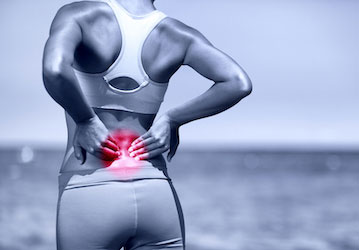If you struggle with chronic pain, you might feel that exercise is futile: It hurts when you don't exercise, and it hurts when you do. However, a properly structured exercise routine might help reduce your pain level or keep it from getting worse.
First, it’s important to know the difference between acute pain and chronic pain. Acute pain—pain lasting less than 6 weeks—can be managed with exercise to prevent your pain from becoming long-lasting. If your pain has been continuous without breaks for more than 3 months—that is, it has become chronic—exercise also might be helpful to manage or reduce your pain, although exercising might be more difficult than during the acute phase.
Exercise can help reduce pain in several ways. Pain triggers the body’s “stress response,” which in turn reduces your body’s serotonin, a brain chemical partly responsible for mood and perception of pain. Exercise can boost serotonin, reducing your stress and improving your mood. For some people with depressed mood related to pain, exercising might help them feel better emotionally, as well as physically. Finally, exercise also increases endorphins—the body's natural painkillers—which help block pain, enabling you to relax.
“…a properly structured exercise routine might help reduce your pain level…”
If you’re thinking of adding exercise to your pain management plan, consider starting with low-intensity exercises and stretches such as those in HPRC’s Rx3 low-back pain program, but only after you discuss exercise with a healthcare provider.





